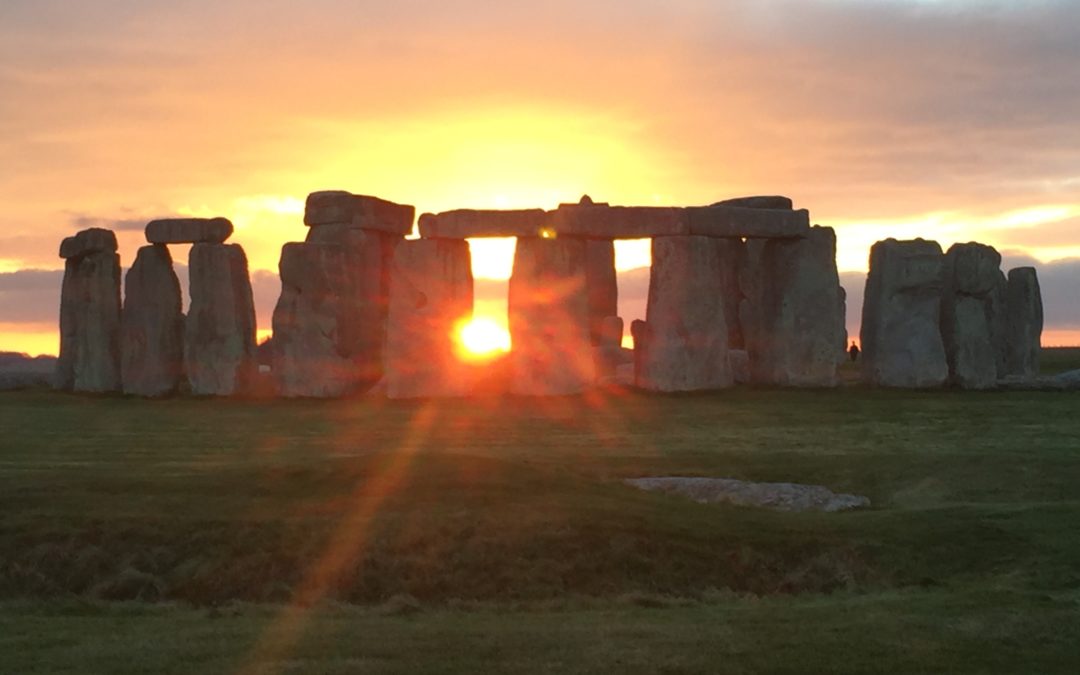When someone says “England,” what do you picture? Big Ben or Buckingham Palace? For many, the most iconic image of the British Isles is a Neolithic collection of rocks known as Stonehenge. But why?
Stonehenge sits by itself on a vast chalk plateau in the remote southwest of England. It’s about 90 miles from London — yet more than 1.3 million people a year visit it. On a recent trip “across the pond,” my wife and I felt the need to see this ancient monument for ourselves. Why?
In 1986, UNESCO named Stonehenge a World Heritage site. So there is clearly more to it than just a bunch of old rocks. It is a feat of engineering and an archaeological mystery. Archaeologists estimate that the large circular earthwork enclosing the site may have been dug as long ago as 3000 B.C. Later, stones weighing 25 to 30 tons were brought from 20 miles away to build the monument. Smaller stones of 2 to 5 tons came even further — from the hills of southwest Wales. It literally stands in the middle of a vast open field. Why?
We don’t really know the answer to that, either. On the summer solstice, the rising sun aligns with the standing stones and casts a light on a stone in the center of the circle — leading many to believe it may have been an ancient calendar or an astronomical observatory. Recent discoveries have led archaeologists to believe it may have been a burial site.
Its reason for being is less important than the fact that it has endured. Why? What makes this cluster of stone so vital? Perhaps people connect to the sense of mystery. Perhaps it’s the need for permanence. As we observed the light from the setting sun on the stones on a chilly November afternoon, I couldn’t help feeling that some of the power of Stonehenge comes from its ability to give us perspective — to remind us that we are part of something far bigger than ourselves, to connect us with the past while reminding us that we are standing at a small point on God’s timeline.
The other thing that struck me is that, while Stonehenge itself has been steadfast for millennia, its role has evolved. Once, it may have told farmers when to plant; today, it contributes to a tourist economy. That kind of flexibility is at the heart of the most enduring organizations. How has your organization evolved to remain vital?

Steve Jeffrey is the Co-Founder/Guild Master of ForgeWorks and is passionate about building great foundations in people and non-profit organizations. His work is focused on innovation, strategy, affiliations and cultural alignment.

